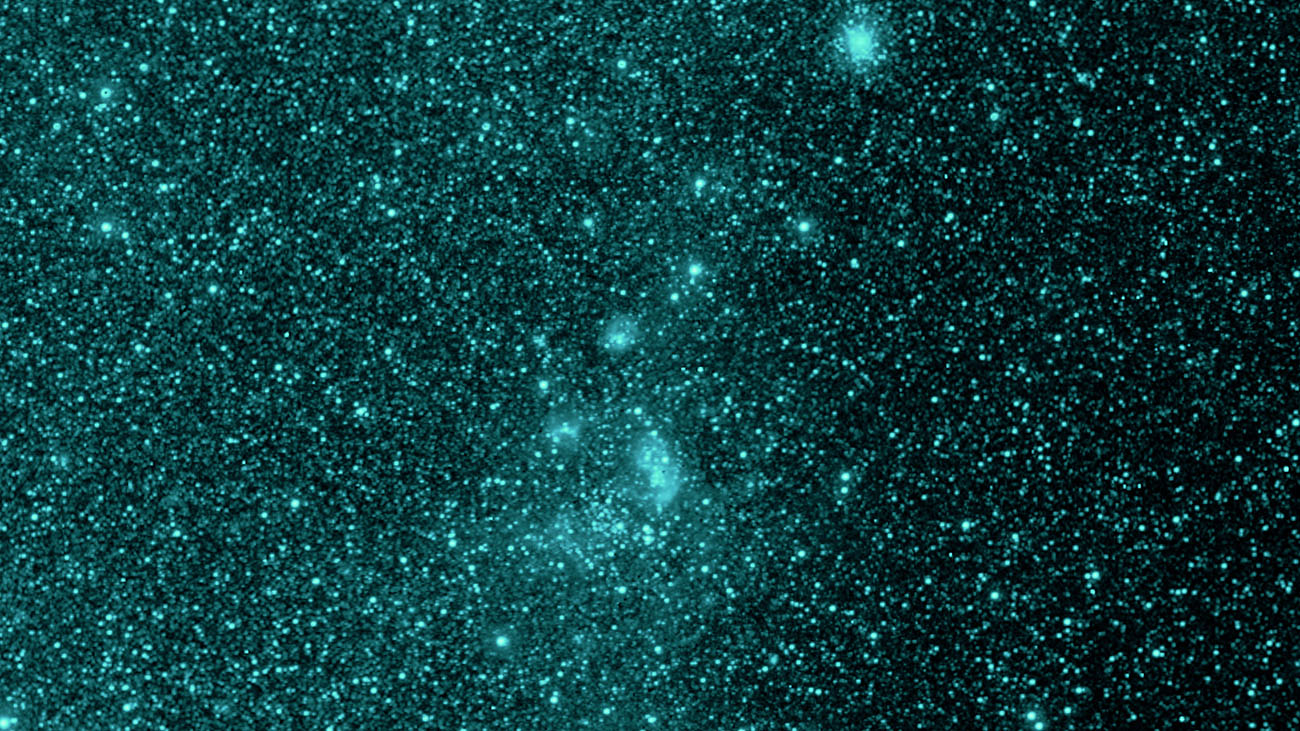This image from NASA’s SPHEREx shows the same region of space in a different infrared wavelength (0.98 microns), but the dust cloud is no longer visible. The molecules that compose the dust — polycyclic aromatic hydrocarbons — do not radiate light in this color. (NASA/JPL-Caltech)
Home This image from NASA’s SPHEREx shows the same region of space in a different infrared wavelength (0.98 microns), but the dust cloud is no longer visible. The molecules that compose the dust — polycyclic aromatic hydrocarbons — do not radiate light in this color. (NASA/JPL-Caltech) This image from NASA’s SPHEREx shows the same region of space in a different infrared wavelength (0.98 microns), but the dust cloud is no longer visible. The molecules that compose the dust — polycyclic aromatic hydrocarbons — do not radiate light in this color. (NASA/JPL-Caltech)



